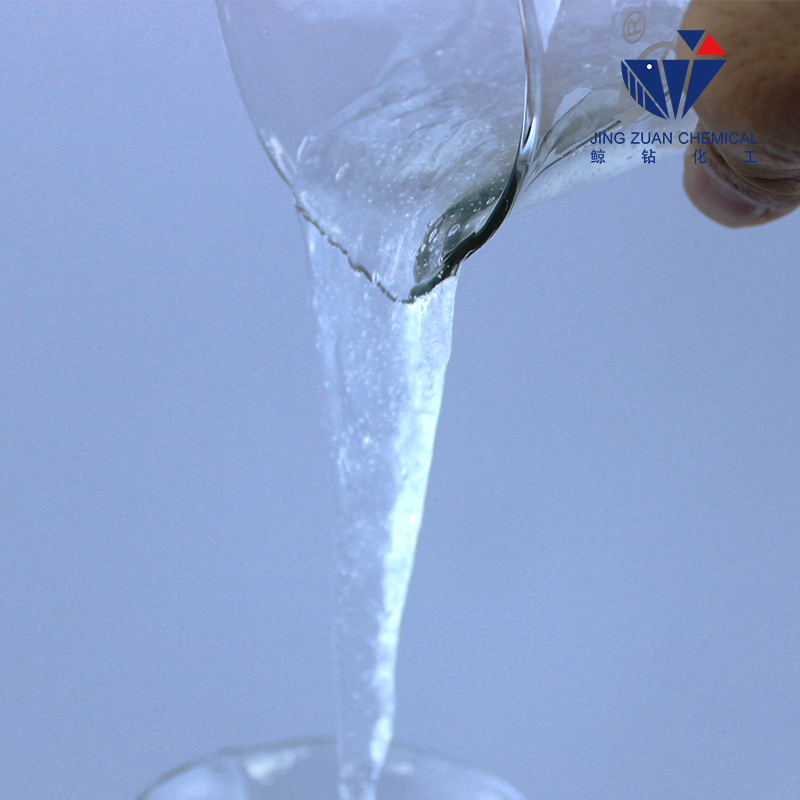
Sep . 23, 2024 02:32 Back to list
what is hpmc made from
What is HPMC Made From?
Hydroxypropyl Methylcellulose (HPMC) is a popular polymer used in various industries, including pharmaceuticals, food, construction, and personal care. Understanding what HPMC is made from can provide insight into its applications and benefits.
HPMC is a semi-synthetic compound derived from cellulose, which is a natural polymer found in the cell walls of plants. Specifically, cellulose is extracted from sources such as wood pulp or cotton. The process begins with the treatment of cellulose with alkaline substances, leading to the swelling and dissolution of the cellulose fibers. This transformation is crucial, as it prepares the cellulose for further modification.
What is HPMC Made From?
The chemical structure of HPMC consists of a cellulose backbone with hydroxypropyl and methyl groups attached at various positions. The presence of these hydrophilic (water-attracting) groups allows HPMC to dissolve in water and form gels or viscous solutions. This property is particularly valuable in the pharmaceutical industry, where HPMC is used as a binder in tablet formulations, as well as in controlled-release drug delivery systems. Its ability to form films makes it an ideal candidate for coating tablets and providing a protective barrier against moisture and oxygen.
what is hpmc made from

In the food industry, HPMC serves as a thickening agent, emulsifier, and stabilizer. It is often found in sauces, dressings, and gluten-free baking products. The incorporation of HPMC enhances the texture and shelf life of food products by providing the desired viscosity and preventing ingredient separation.
In construction, HPMC is used in cement-based materials, such as tile adhesives and renders, as it improves workability and enhances water retention. This characteristic is vital for ensuring that fresh mortar remains workable for extended periods, allowing for better application and bond strength.
In personal care products, HPMC is frequently included in cosmetics and skincare formulations. Its thickening and film-forming properties help stabilize emulsions, providing a smooth and consistent texture that enhances the sensory experience for consumers.
In conclusion, HPMC is a versatile compound made from natural cellulose through a combination of chemical processes that modify its structure. Its unique properties, derived from the hydroxypropyl and methyl substitutions, enable a wide range of applications across different industries. Whether in pharmaceuticals, food, construction, or personal care, HPMC continues to be an essential ingredient, contributing to the functionality and quality of various products.
-
Versatile Hpmc Uses in Different Industries
NewsJun.19,2025
-
Redispersible Powder's Role in Enhancing Durability of Construction Products
NewsJun.19,2025
-
Hydroxyethyl Cellulose Applications Driving Green Industrial Processes
NewsJun.19,2025
-
Exploring Different Redispersible Polymer Powder
NewsJun.19,2025
-
Choosing the Right Mortar Bonding Agent
NewsJun.19,2025
-
Applications and Significance of China Hpmc in Modern Industries
NewsJun.19,2025







